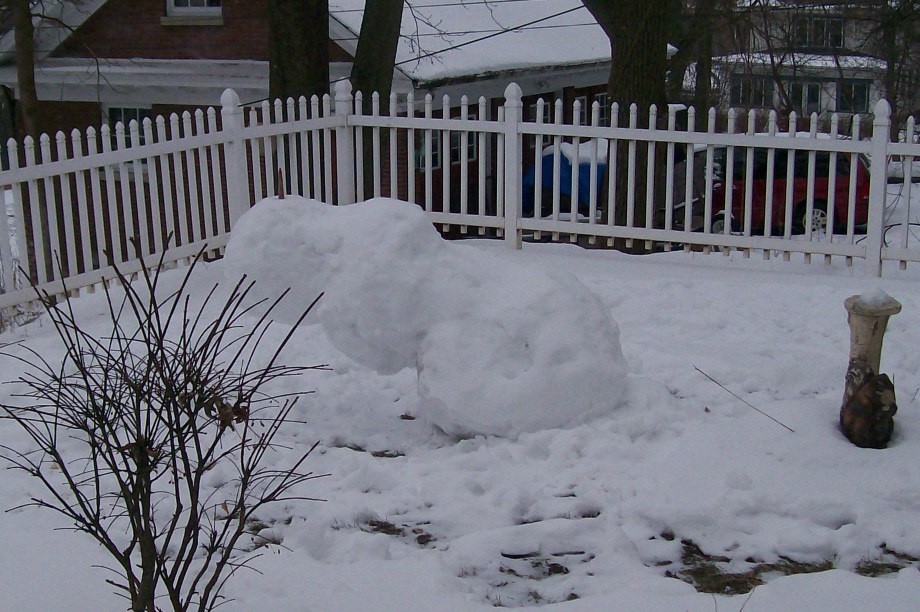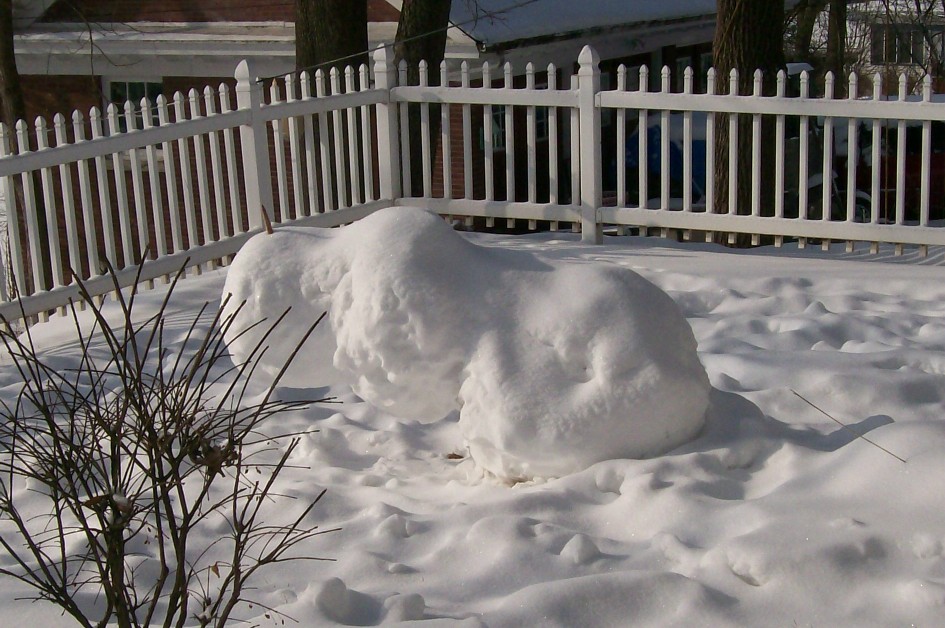At times we homeschoolers start to get a bit weary of the curriculum we’re using, so we boost our spirits by thinking about what we want to use next year. We also look forward to the next homeschool convention, where we can go on the hunt for new materials.
We put a lot of time and thought into finding just the right books and resources to use with our children, and that’s important. But we should also put at least as much effort into recognizing the hidden curriculum, the one that teaches our children every day, whether we realize it or not.
Being with our children all the time, not just after school and on weekends, means they are exposed to our behavior all the time. All kids watch their parents and learn from watching their good (and bad) behavior, but our kids see far more of us than other kids see their parents. Kids whose parents both work full-time outside of the home may only see them for a few hours a day or less, and with the hectic weekends full of sports and other activities that are often a staple in the modern family’s routine, they don’t spend all that much time with them on the weekends, either.
But our kids are with us a lot. They’re watching how we live, and they’re subconsciously taking notes on everything they see. Those notes will be the basis for how they live their adult lives….a result of the hidden curriculum that they were taught by watching us every day.
This puts an awful lot of pressure on us as parents. Since we’re with our kids so much, we need to be especially aware of how we behave, because every aspect of our personal lives is a part of the hidden curriculum.
There are many features of the hidden curriculum. Consider:
The balance curriculum How do we spend our time? Do we run frantically from activity to appointment, never pausing to take time off for rest or fun or to just enjoy our lives and each other? Are we workaholics? The popular 1970s song “Cat’s in the Cradle” illustrates the balance curriculum: a father recalls how he always put off his son because he had so much work to do, and then tells how his son now has no time for him because he learned from his father’s example and is just too busy.
The marriage curriculum No marriage is without challenges, but how do we handle them? When the kids are always around, it’s impossible to hide those challenges from them for long. Do we handle disagreements respectfully, or do we lash out at each other? Do we make time alone with our spouse a priority, or do we have a “child-centered” marriage? The way we treat each other is the marriage curriculum for our children.
The love-thy-neighbor curriculum Are we demonstrating love in action for our children? When we hear of a friend and neighbor in need, do we help them out or decide to mind our own business? Getting the kids involved in baking cookies for a new neighbor or delivering dinner to a family with a new baby teaches them that loving others is a priority.
The faith curriculum How we feed (or starve) our faith is being watched closely by our children, and sets the stage for their own faith walk. Do we make time for personal and family devotions? Which choice usually wins…attending church services or sleeping in? Are we strangers at church or do we get involved in the work being done there? We can sermonize at length to our children about God, but if we aren’t walking our talk, the lesson of the hidden curriculum is “do as I say, not as I do.”
The financial curriculum How we handle money speaks volumes about us; our children are watching and learning from what we do. Do we pay our bills on time or lie to creditors over the phone? Do we put a little money away regularly or are we caught up in impressing others by buying big-ticket items we can’t afford? Since our children are home each day, they’ll probably be there when the tow truck comes to repossess the late-model car we impulsively bought. That will be a memorable lesson in the hidden curriculum!
The grieving curriculum Loss is an inevitable part of life, but in our society, we hide our grief from others, including our children. One mom who’d recently lost her own mother found that by holding in her feelings until the children were asleep, her grief overwhelmed her, and she needed professional help getting through it. It’s hard letting our kids see us cry, and when they’re around all day, it’s almost impossible to hold our feelings in. By sharing those emotions with them, we teach them it’s ok to mourn.
The child-rearing curriculum The way you treat your children is their training for the way they’ll treat your grandchildren. A mom who was regularly beaten by her parents was able, by the grace of God, to break the chain of abuse and not abuse her own children. They know her story, and now also know that the chain of abused children can and must be broken. How you discipline your children sets the stage for what they will consider normal in discipline….yet another facet of the hidden curriculum.
These are not the only parts of the hidden curriculum. I’m sure you can think of others. My point is that while it’s good to put a lot of energy into researching and finding the very best math books and reading series and science curriculum, it’s even more important to think about what kind of hidden curriculum we are using with our children. They are with us every day, absorbing that hidden curriculum even on the days when they don’t have to “do school.” That’s why we must never forget that as their parents, we are the authors of the hidden curriculum.
(Excerpted from Stages of Homeschooling: Enjoying the Journey, available from Cardamom Publishers.)




